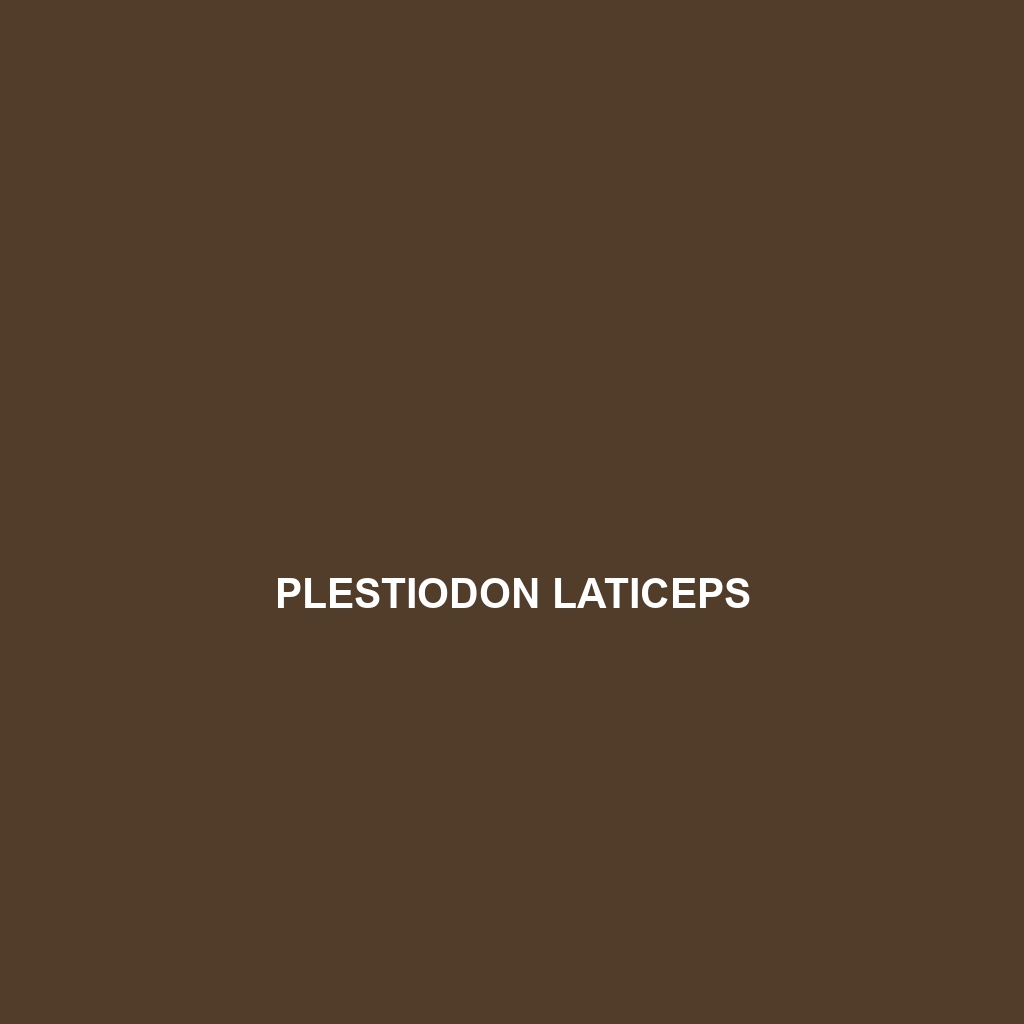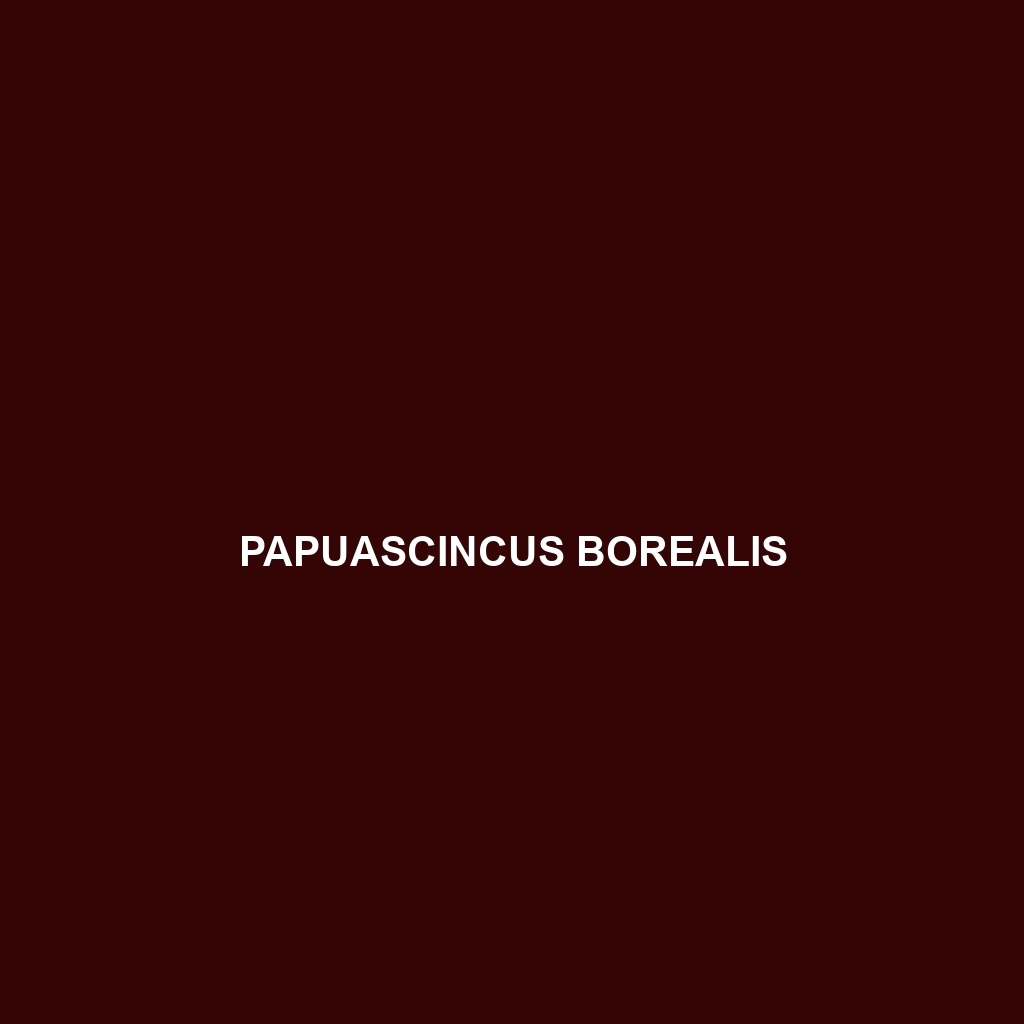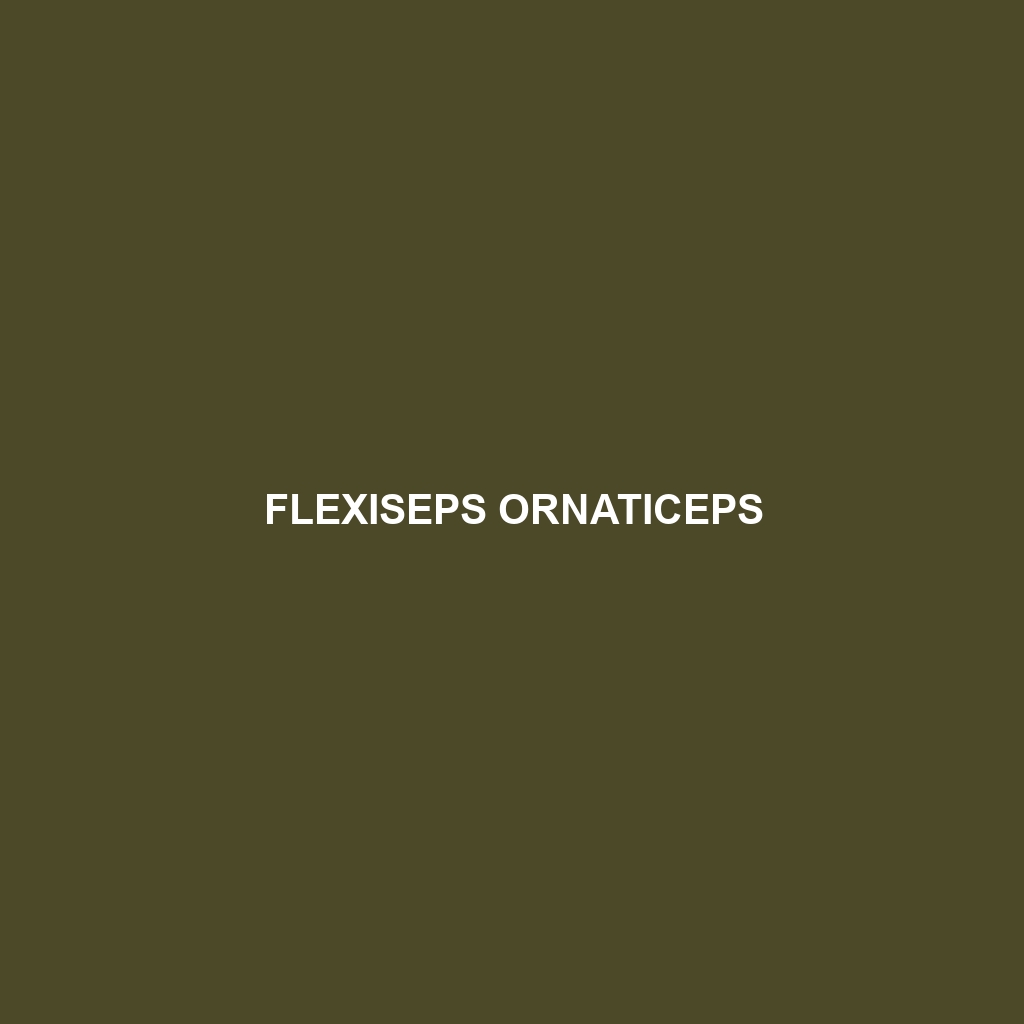<b>Plestiodon laticeps</b>, commonly known as the Broad-headed Skink, is a medium-sized lizard native to the southeastern United States, distinguished by its broad head and vibrant blue tail in males during mating season. This active, diurnal insectivore thrives in diverse habitats such as temperate forests and suburban areas, playing a crucial role in controlling insect populations and supporting ecosystem health.
Tag: ecosystem role of skinks
Papuascincus borealis
<p><b>Papuascincus borealis</b>, commonly found in the tropical rainforests of New Guinea, is a sleek skink known for its vibrant coloration and unique scale patterns. This omnivorous species exhibits nocturnal foraging behavior and plays a crucial role in its ecosystem by controlling insect populations and serving as prey for larger animals.</p>
Panaspis maculicollis
<b>Panaspis maculicollis</b>, known as the spotted-necked skink, is a resilient, insectivorous reptile found in various habitats across East Africa, characterized by its sleek body, distinctive dark brown or olive coloration with lighter neck spots, and adaptive behaviors. This diurnal skink plays a vital role in its ecosystem by regulating insect populations while serving as prey for larger animals.
Lerista anyara
Discover the <b>Lerista anyara</b>, also known as the <b>Anyara skink</b>, a fascinating omnivorous reptile from the rainforests of northeastern Australia and Papua New Guinea. With its elongated body, smooth olive or brown skin, and nocturnal behavior, this species plays a crucial role in its ecosystem by controlling insect populations and contributing to the balance of biodiversity.
Leiolopisma ceciliae
<p>The <b>Cecilia's skink</b> (<i>Leiolopisma ceciliae</i>) is a small, agile lizard typically measuring 10-12 cm, found in tropical and temperate forests of Australia and New Guinea. Insectivorous by nature, these skinks play a vital role in their ecosystem by controlling insect populations and serving as prey for larger predators.</p>
Flexiseps ornaticeps
Common Name Flexiseps ornaticeps Scientific Name Flexiseps ornaticeps Habitat Flexiseps ornaticeps, commonly known as the ornate skink, primarily inhabits diverse regions across eastern Africa. This species thrives in rich, humid environments such as rainforests, where dense vegetation offers ample cover and abundant food resources. It is also found in temperate forests and savannas that punctuate […]
Eutropis rugifera
<p><b>Eutropis rugifera</b>, known as the rough skinned skink, is a captivating species found in diverse habitats across Southeast Asia and South Asia, recognized for its distinct rough-textured skin, omnivorous diet, and ability to regenerate its tail. Thriving in warm, humid environments, this skink plays a crucial role in its ecosystem by controlling pest populations while serving as prey for larger predators.</p>
Eutropis clivicola
<p><b>Eutropis clivicola</b>, commonly known as the common skink, is a slender, agile lizard measuring 15 to 30 cm, primarily inhabiting tropical and subtropical rainforests, savannas, and grasslands across Asia. An insectivore with a strikingly patterned dorsal surface, it plays a crucial role in regulating insect populations while showcasing adaptability to various environments.</p>
Eumeces persicus
Common Name Eumeces persicus Scientific Name Eumeces persicus Habitat Eumeces persicus, commonly known as the Persian Skink, is primarily found in the arid and semi-arid regions of western Asia, specifically in countries such as Iran, Turkey, and parts of Azerbaijan. This species favors rocky outcrops, grasslands, and sparse woodlands, where it takes advantage of the […]
Emoia aneityumensis
<b>Emoia aneityumensis</b>, also known as the Aneityum skink, is a medium-sized skink found in the tropical rainforests of Vanuatu. This diurnal species, characterized by its slender body and vibrant camouflage, is an adaptable omnivore playing a crucial role in its ecosystem as both a predator and a seed disperser.









